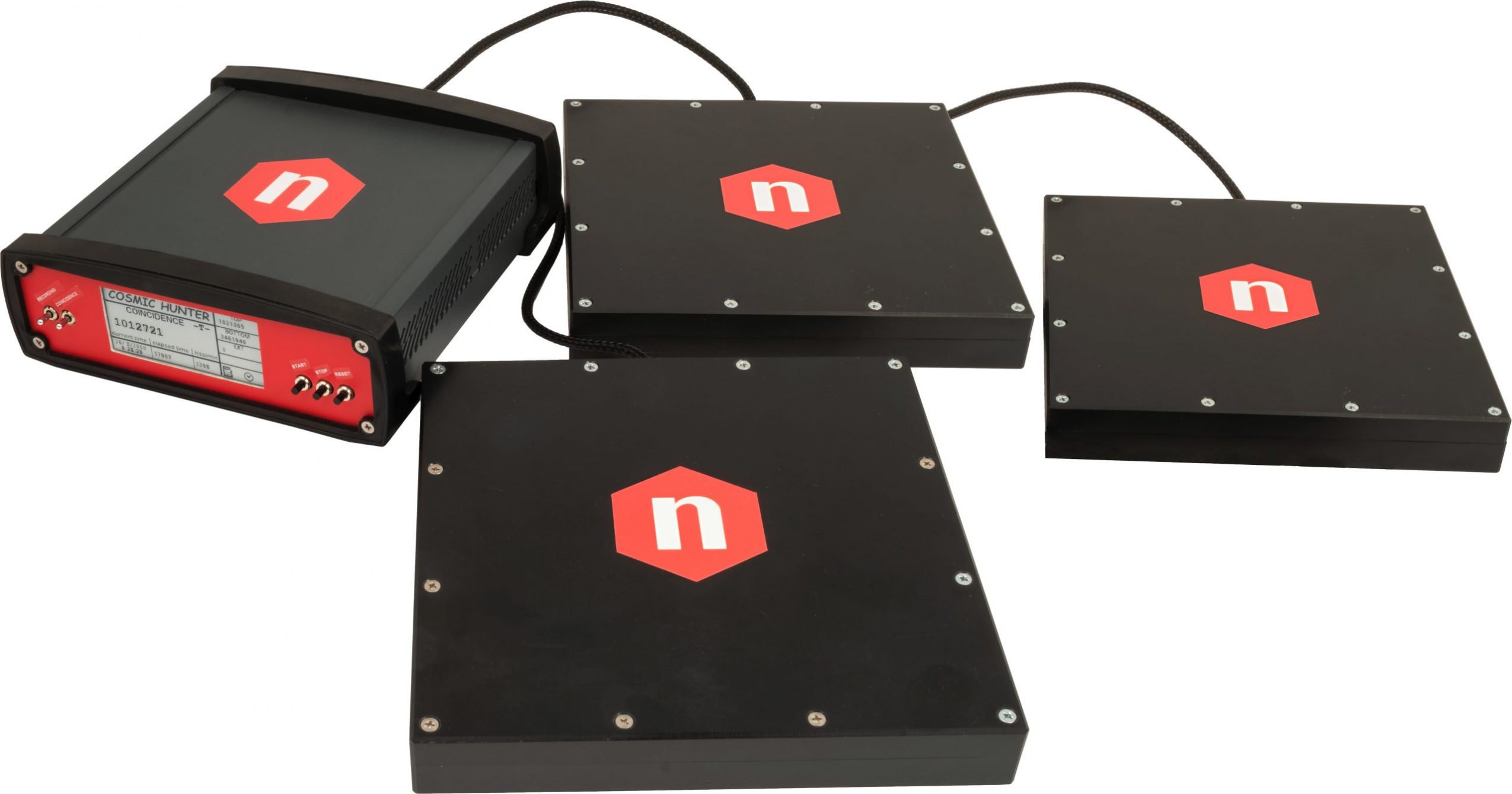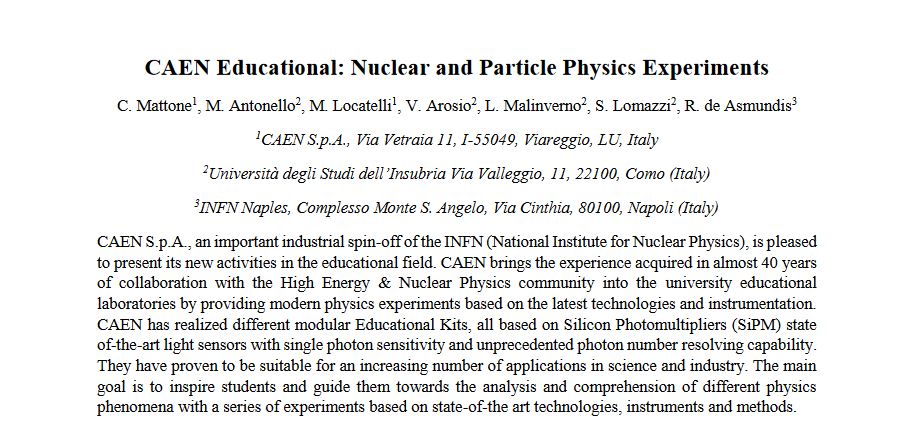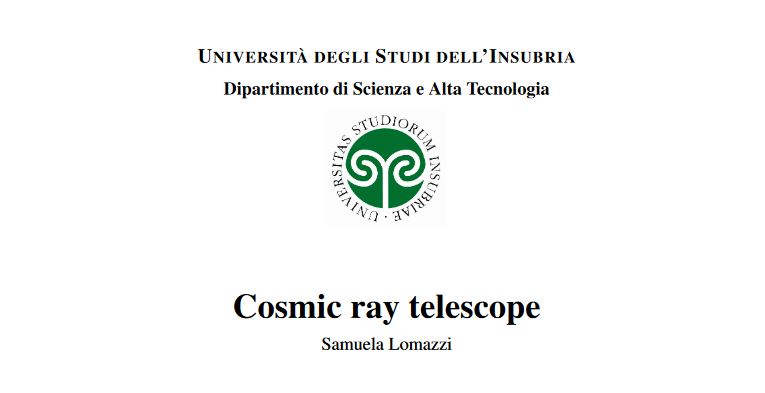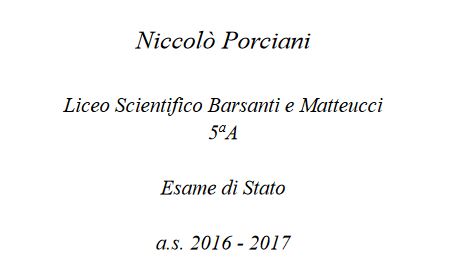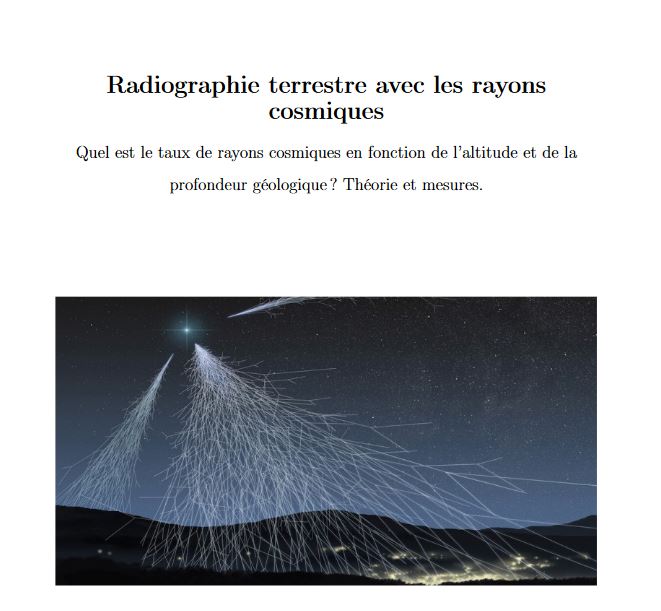All “Particle Physics” experiments
Cosmic Shower Detection
Download printable version Difficult Execution Time Data Analysis Radioactive Sources No No Hardware setup This experiment guide is referred to the SP5620CH educational kit. Equipment SP5620CH - Cosmic Hunter SP5609 - Telescope Mechanics or a similar structure Purpose of the experiment: Detection of the cosmic showers by using the coincidence of three scintillating tiles




